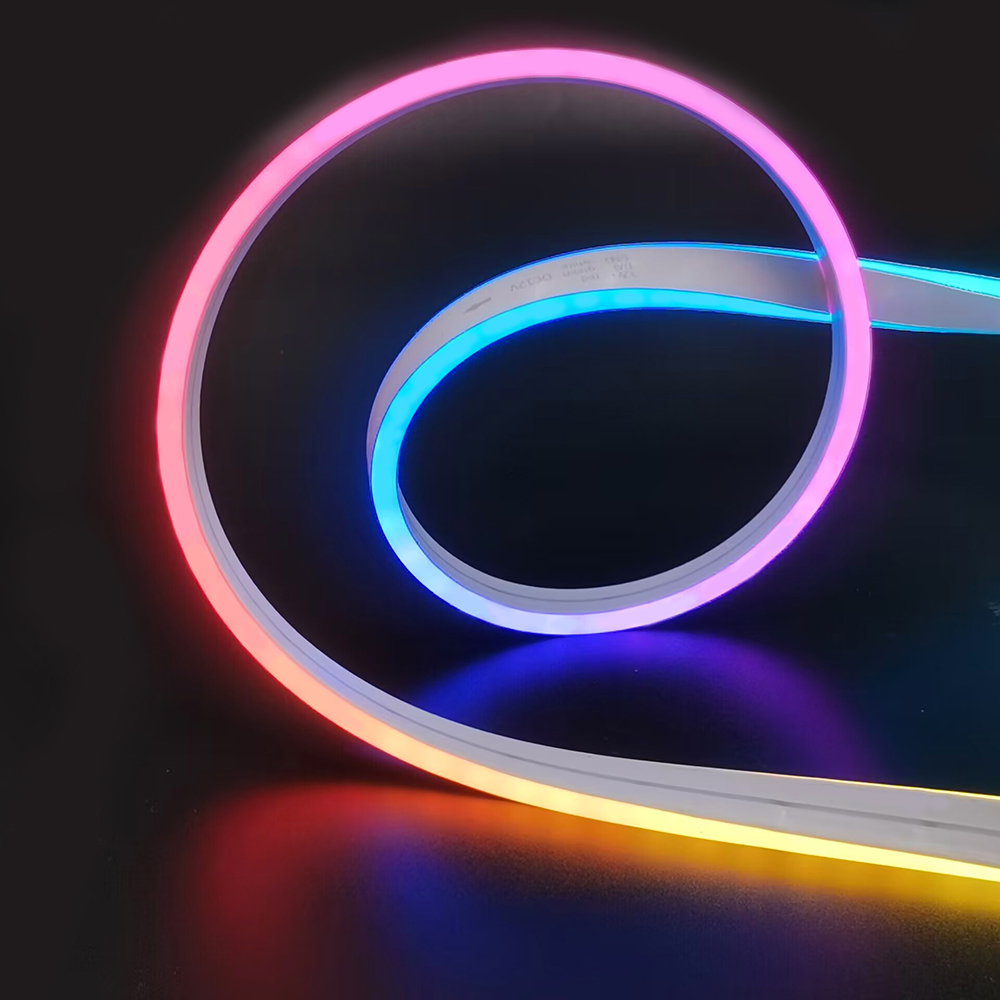Time: 2021-06-02Views: 273
Many people often ask me the question, how many wattage LED street lights can replace 400-watt high-pressure sodium lamps or halogen lamps?
I often tell customers that a proportional relationship is such as: LED street lamp: high pressure sodium lamp=1:4. In fact, to choose the number of wattage street lights, you must go through rigorous field tests and meet the LED street light industry standards.
Tools/raw materials Field surveying and mapping conditions Specific locations
Step/Method 1: The conditions to be tested and the area to be tested:
The test road is 12m wide, and the pavement material is concrete. The street lights are tested in a single-sided layout (the two sides of the street lights are off during the test), the street lights are 10 meters high, the lamp arm is 1.5 meters long (approximately 0.9 meters out of the road surface), and the elevation angle About 10 degrees;
The test set application area is 12m×33m, and the quality evaluation is based on the area data. Considering that narrow roads do not have high requirements for the horizontal light distribution of street lights, at the same time, data of 9m×33m application area is provided for reference selection of roads of different widths.
2. Test time and data:
The data is the average of three tests. The light decay is calculated based on the first and third results. The time span is 113 days. The lights are turned on and off normally every day (about 1200 hours in total).

3. Evaluation indicators of applied luminous flux, applied luminous efficiency, and horizontal illuminance uniformity:
The applied luminous flux is the total luminous flux of the road in the set application area, and its calculation formula is the average illuminance of the application area × area;
The applied light effect is the effective light effect of the road surface in the application area, and the calculation formula is applied light flux ÷ input power;
The horizontal illuminance uniformity refers to the concept of longitudinal illuminance uniformity, which is the ratio of the minimum illuminance to the maximum illuminance of the measuring point in the horizontal direction of the road.
Note: It is best to ask a professional company to operate these things.